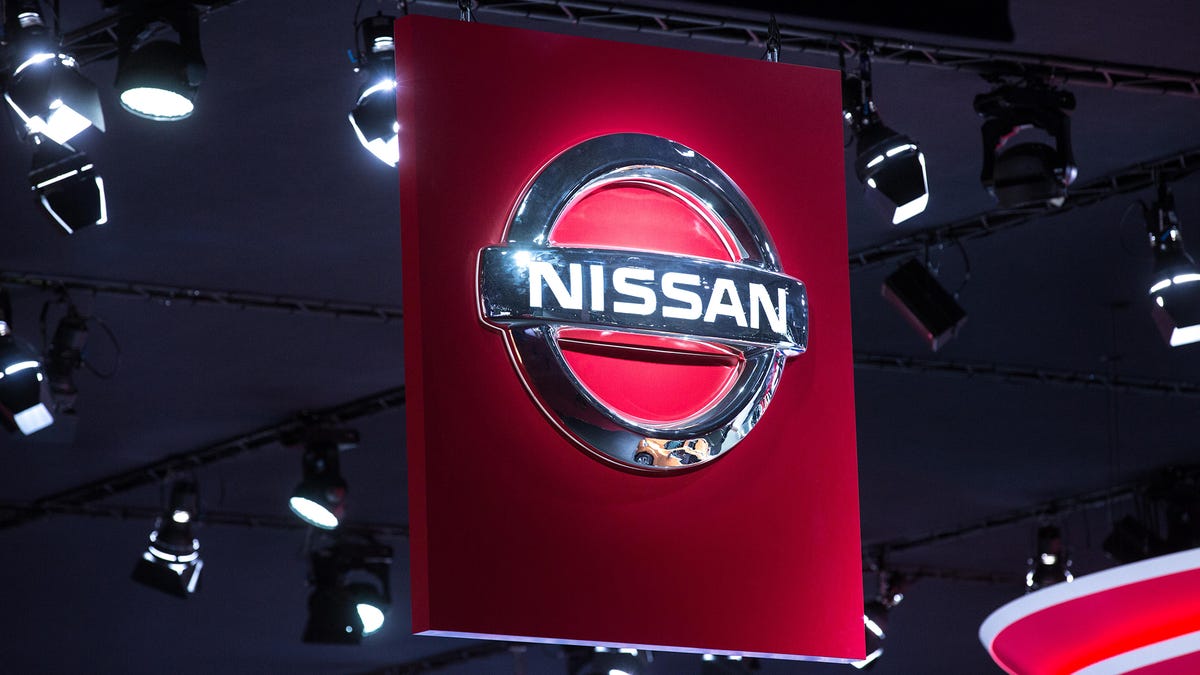Nissan finalizes Mitsubishi deal, let the cost-cutting begin
With the deal finalized, it's time for Nissan to pull Mitsubishi out of its funk.

Back in May, Nissan announced its decision to purchase a 34 percent controlling stake in Mitsubishi Motors. Only now has the deal been finalized, and with Mitsubishi now part of the Renault-Nissan Alliance, it's time to turn Mitsubishi's frowns upside down.
Nissan spent upwards of $2 billion dollars to take control of Mitsubishi Motors, Reuters reports. Japan's second-largest automaker will retain Osamu Masuko as the President and CEO of Mitsubishi, despite calls for him to quit in the wake of Mitsubishi's fuel-economy scandal. Nissan will install its own chief operating officer.
Mitsubishi admitted to fudging fuel-economy data for its vehicles over a quarter century, which it blamed on bad communication and the pressure to compete in a very competitive industry. Part of Nissan's plan to turn Mitsubishi around involves improving the management system that contributed to this scandal.
If there's a company the Japanese should trust to turn things around, it's Renault. Renault acquired a controlling stake in Nissan in 1999, when Nissan wasn't exactly at its peak.
Part of the Alliance's future plan involves cutting costs, as it did during the Nissan acquisition. The company believes that reducing redundancy and grouping together resources can save up to $230 million in 2017, with that number growing to $577 million the following year.

